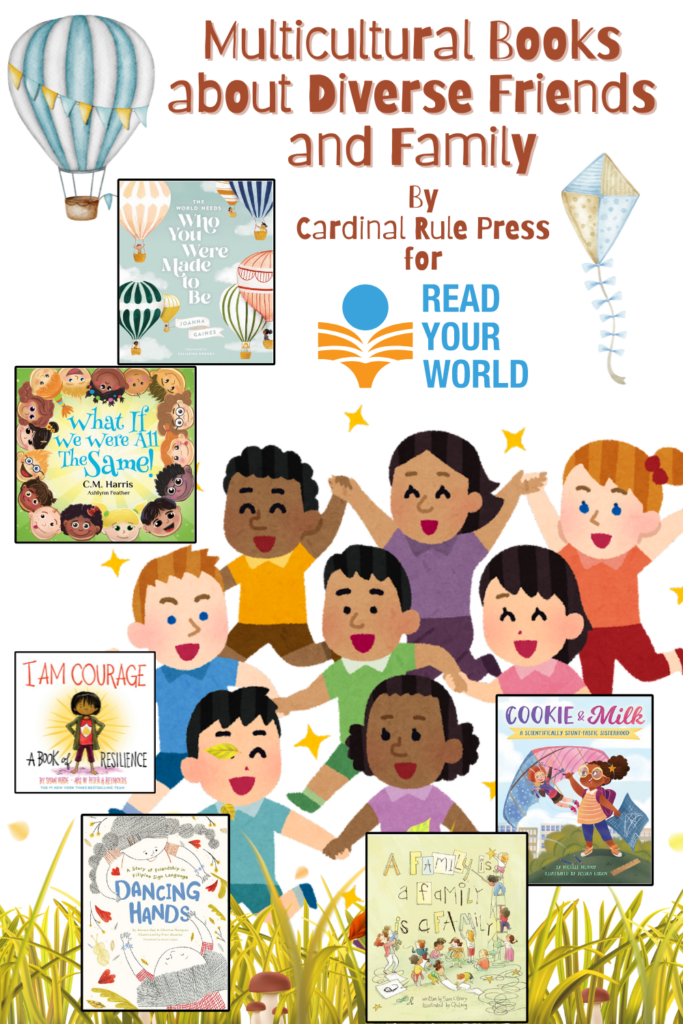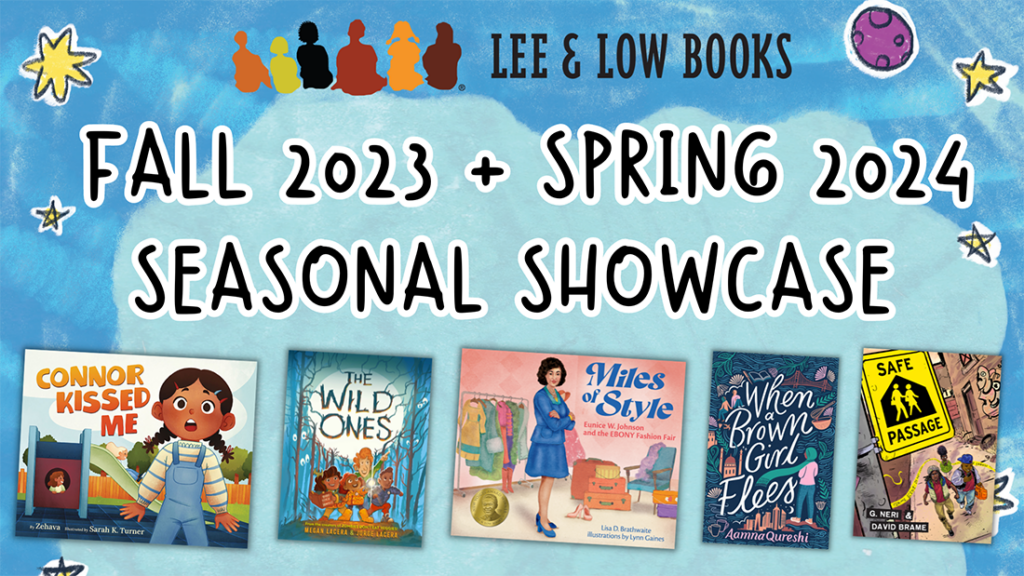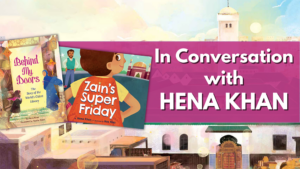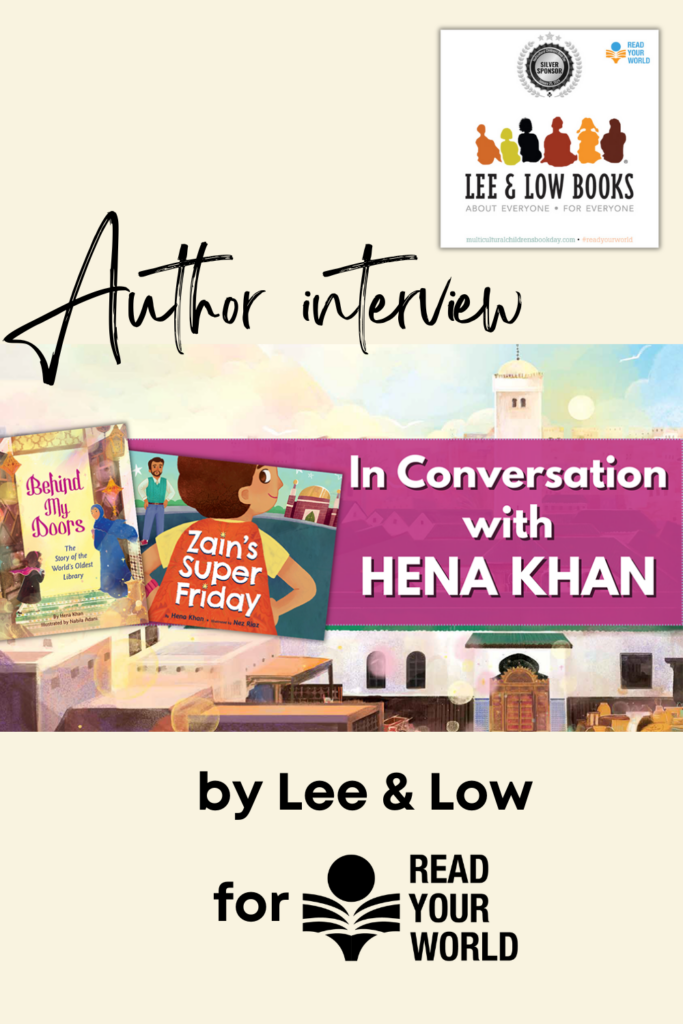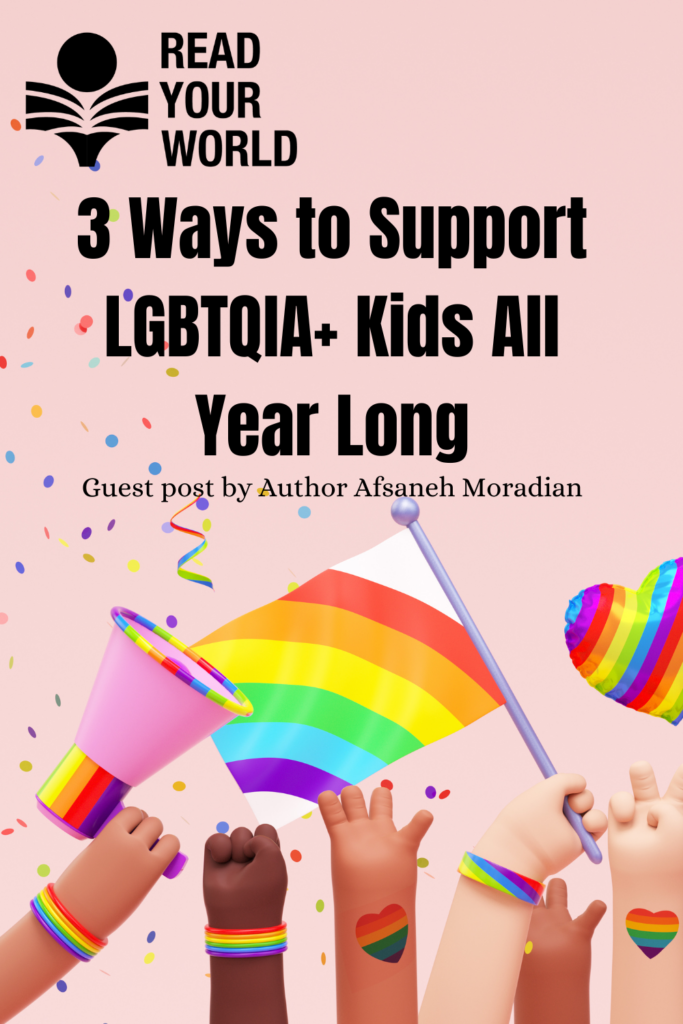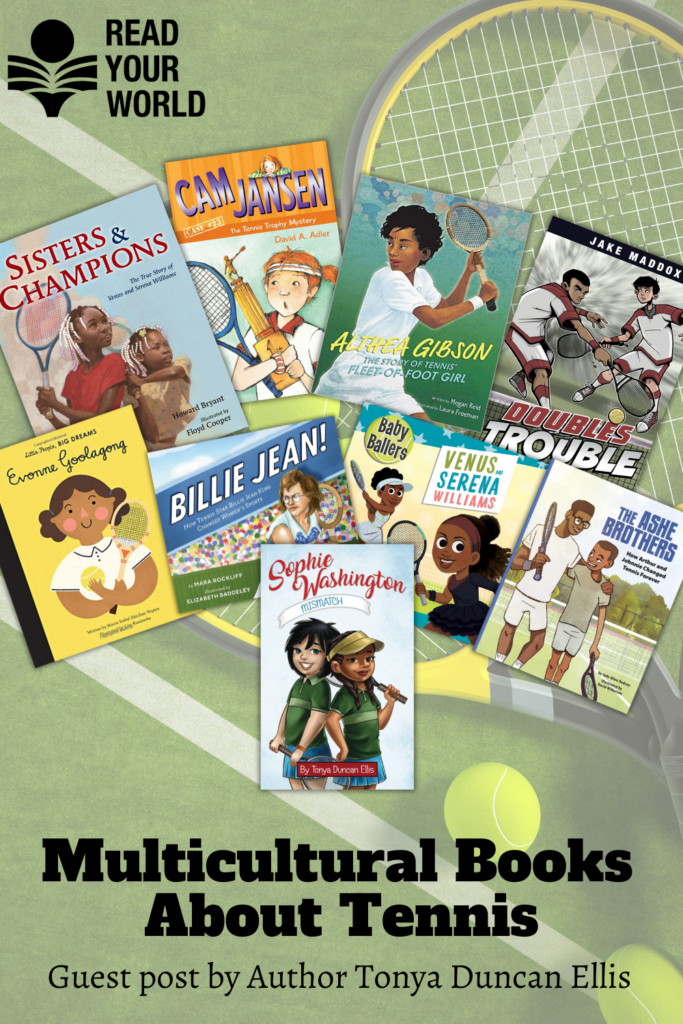Guest post from Cardinal Rule Press, Read Your World’s 2024 Silver Sponsor.
Hena Khan Author Interview and New Books from Lee & Low
Guest post by Silver Medallion Sponsor Lee & Low Books.
Discover What’s New from Lee & Low Books for Fall 2023 and Spring 2024!
Lee & Low Books is the largest multicultural children’s book publisher in the country. Our mission is to publish diverse books that are about everyone, for everyone. As we continue to work towards that goal, we are thrilled to share our latest Fall 2023 and upcoming Spring 2024 books. Whether you’re a parent, teacher, librarian, or bookseller, this webinar will help you discover great new books to diversify your shelves for readers of all ages.
Check Out the Webinar:
In addition to presenting our titles, Hena Khan was in conversation with Booklist Books for Youth Editor Sarah Hunter. Hena is the author of Zain’s Super Friday (October 2023) and Behind My Doors (May 2024). This excellent conversation provided context behind these two fabulous books, one of which shares the experience of a young Muslim boy at his first jumu’ah prayers and the other tells the story oldest operating library in existence that was originally founded by a Muslim woman in 859!
For additional resources and titles, download a printable PDF of our 2023 catalog and browse our Spring 2024 Catalog, including digital review copies, on Edelweiss
Learn About Myths and Legends with The Children of Lir
Guest post by Language Lizard, 2023 Platinum Sponsor 
Introducing children to myths and legends is an excellent way to expose them to stories from around the world. Using one of the most famous Irish tales, The Children of Lir, learn about the significance of teaching myths and legends and explore engaging activities that can help deepen children’s understanding and appreciation of this timeless tale.
Why Teach Myths and Legends? [Read more…]
3 Ways to Support LGBTQIA+ Kids All Year Long
Guest post by Author Afsaneh Moradian
As the proud parent of an LGBTQIA+ child, there is no greater excitement than Pride month. For 30 days people hang Pride flags, hold events, and post all over social media how much they love and support the LGBTQIA+ community. It’s a validating and confidence-boosting time for my child and so many others.
Multicultural Books About Tennis
- 1
- 2
- 3
- …
- 31
- Next Page »

